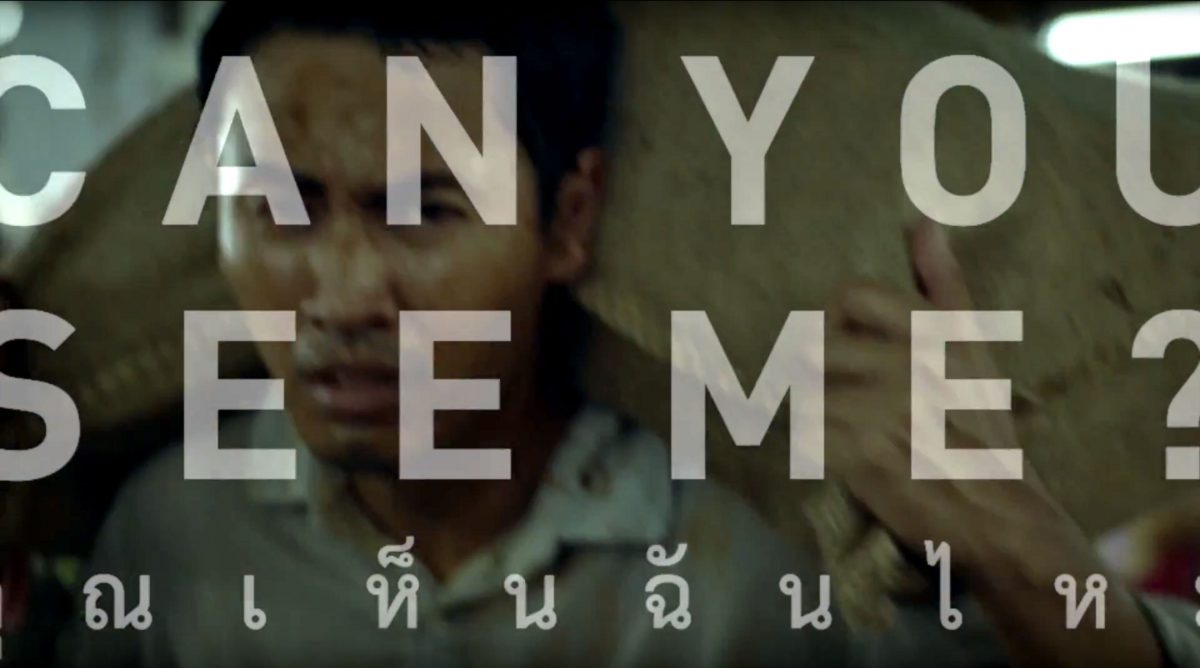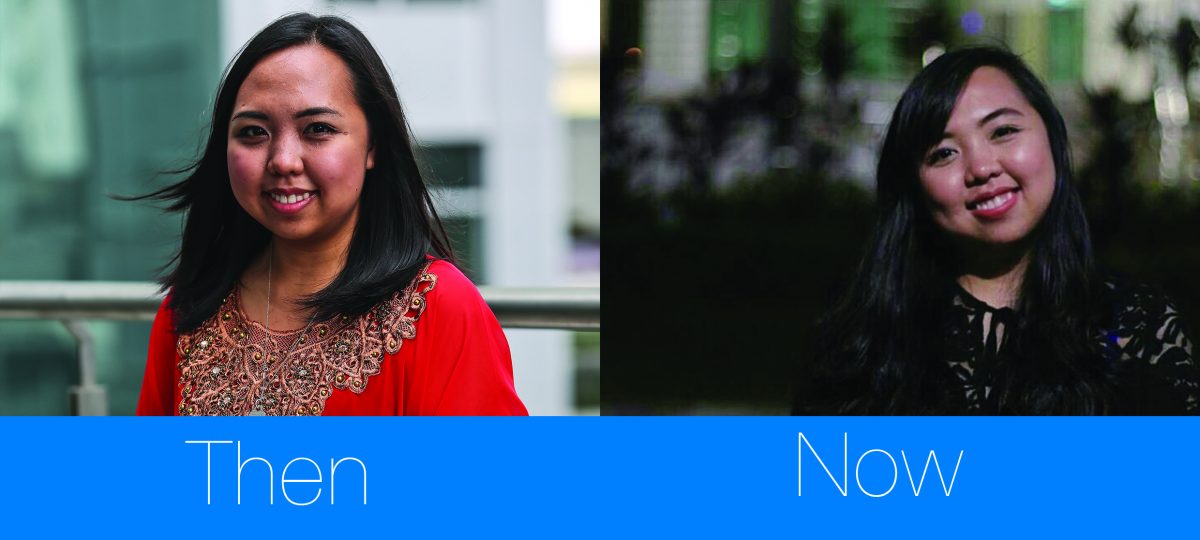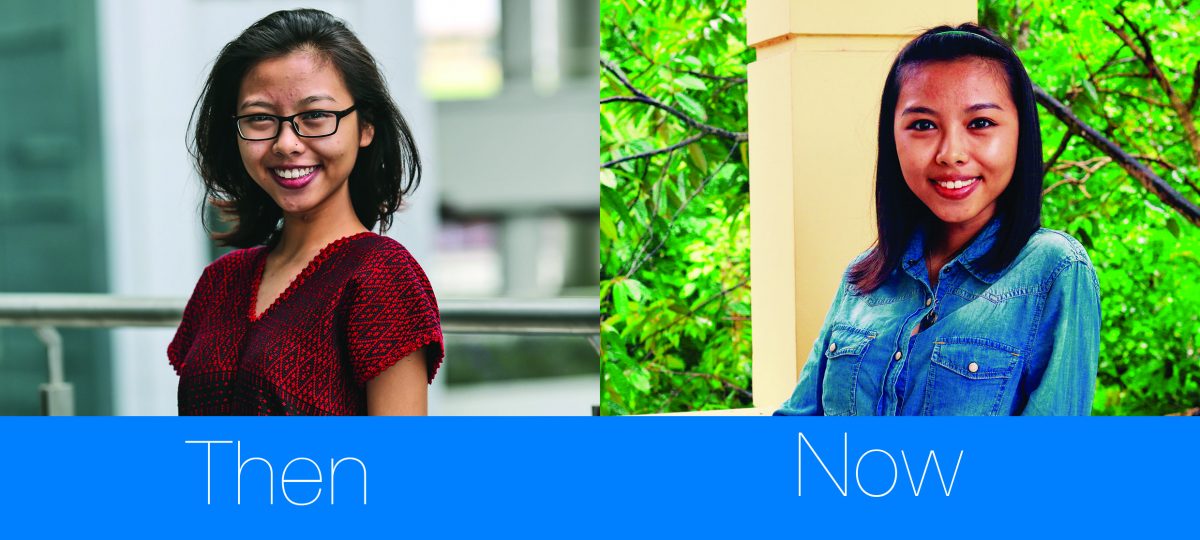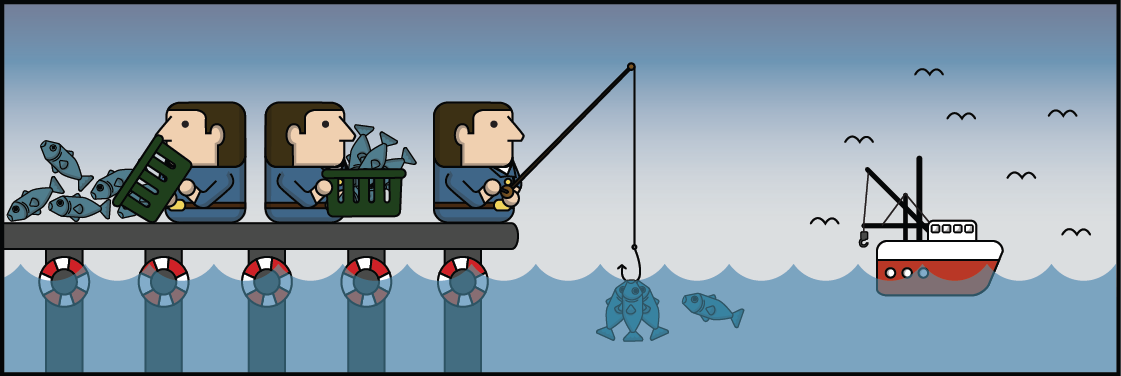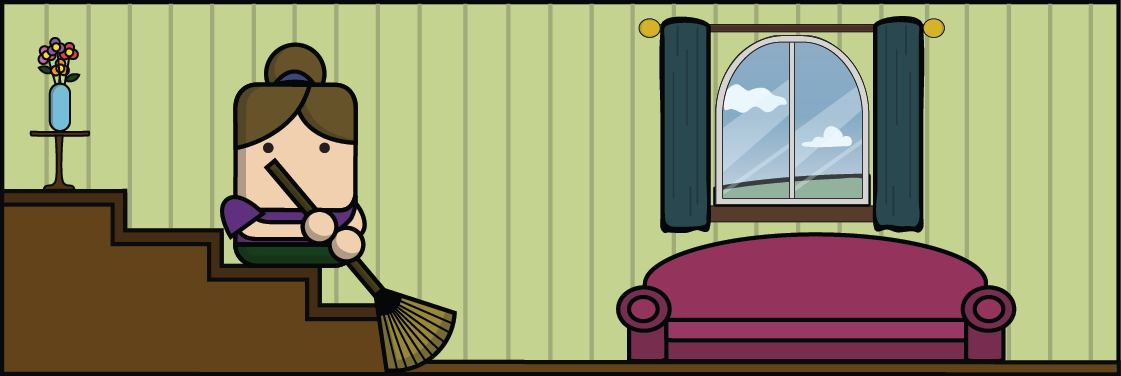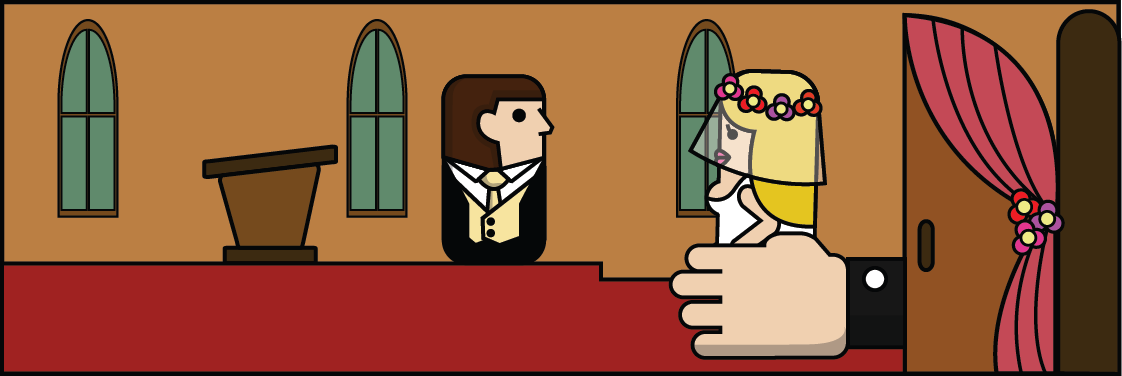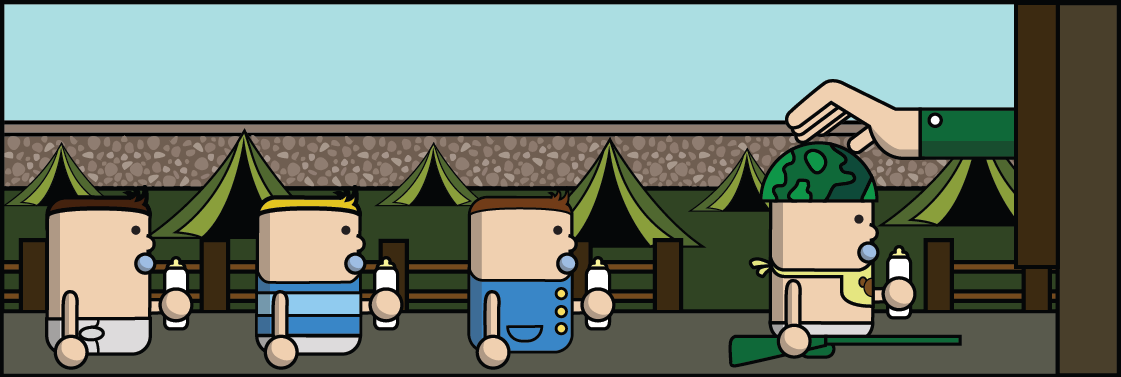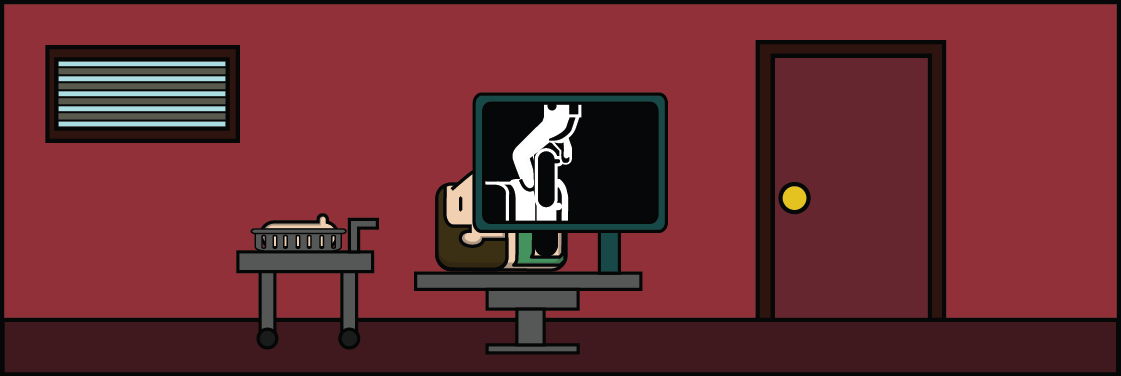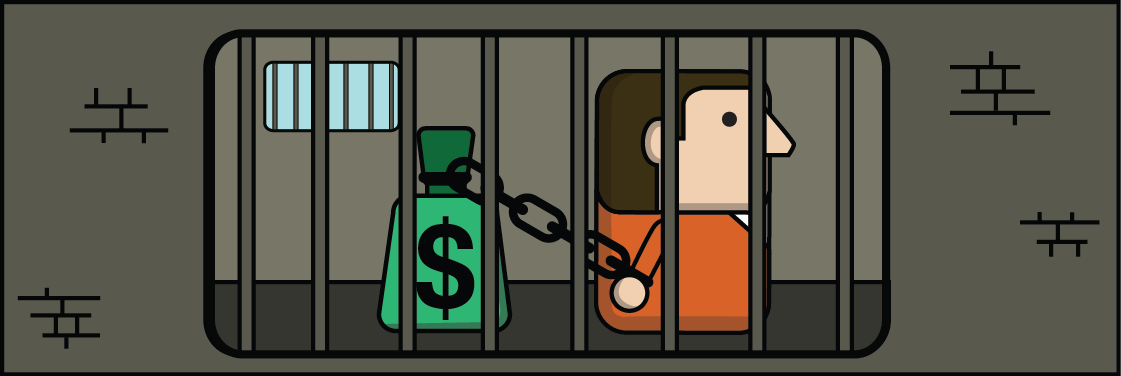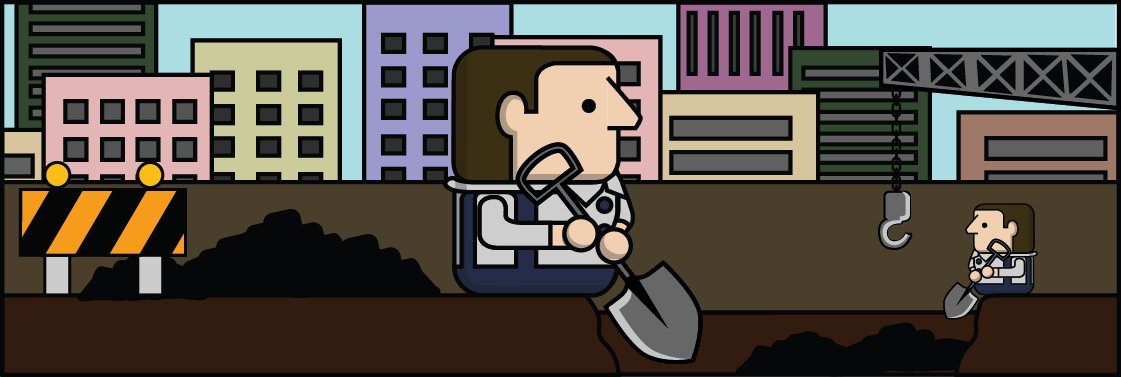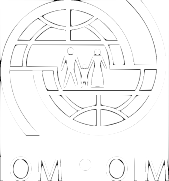A letter to you(th) about ending human trafficking
Dear you(th),
You and I are a part of the 1.8 billion young people in the world. I am a 24-year-old young woman from Portugal. I’ve had plenty of opportunities to choose my education, my career and my happiness.
Growing up, I loved watching Brazilian soap operas. There was one in particular that followed the life of a poor girl in her mid-twenties named Marina. She was offered a job as a model in Turkey, and due to the lack of opportunities in her home country, she decided to uproot and take it. Unfortunately, when she arrived in Turkey, she realized that she had been tricked. Instead of working as a model, she was trafficked for sexual exploitation like many other young women.
Her story — albeit a dramatic soap opera — reflects the stories of millions of young women, men and children around the world who are trafficked.Yes, trafficked.
I followed the show for months and asked myself, is this still a reality in 2016? How are people able to put their own interests above other people’s lives for their own benefit and profit? Unfortunately, it still happens and since moving to Manila recently, I’ve realized Marina’s story is a reality for people in Asia Pacific too.
According to IOM X, this is what trafficking looks like in Asia Pacific today:
- More than half of the estimated 20.9 million men, women and children who are victims of human trafficking are in Asia Pacific (11.7 million);
- People can be trafficked and exploited in many different ways, including forced labour, sexual
exploitation, forced begging, organ removal and forced marriage. Often victims are tricked by
false promises of work or study opportunities; - Most victims of human trafficking are young people between the ages of 18–24; and
- There are an estimated 30 million migrant workers in Asia Pacific. Over 40 per cent of people living in conditions of exploitation are migrants.
Human trafficking is connected to many other global issues. Poverty, climate change, conflict, gender inequality and simply dreams of a better life all contribute to making people more vulnerable to being exploited. Yet, the issue of human trafficking has never before been addressed through a holistic, global development agenda — that is, until now. In September 2015, world leaders adopted the 2030 Agenda for Sustainable Development, which includes a set of 17 Sustainable Development Goals (SDGs) to end poverty, fight inequality and injustice, and tackle climate change by 2030. The issue of human trafficking is included in at least three of the 17 Sustainable Development Goals.
Goal 5: Achieve gender equality and empower all women and girls by eliminating all forms of violence against all women and girls in the public and private spheres, including trafficking and sexual and other types of exploitation.
Goal 8: Promote sustained, inclusive and sustainable economic growth, full and productive employment and decent work for all taking immediate and effective measures to eradicate forced labour, end modern slavery and human trafficking and secure the prohibition and elimination of the worst forms of child labour, including recruitment and use of child soldiers, and by 2025 end child labour in all its forms.

Goal 16: Promote peaceful and inclusive societies for sustainable development, provide access to justice for all and build effective, accountable and inclusive institutions at all levels ending abuse, exploitation, trafficking and all forms of violence against and torture of children.
Here is where your role as a young person begins.
Youth are the key to driving action and impact towards the 2030 global agenda. The Sustainable Development Goals are crucial for youth working towards a more inclusive and sustainable future.
While youth are commonly beneficiaries of development programmes, we are less often engaged as stakeholders and participants in the practical change-making process.
However, youth’s inclusion in the design, conduct and monitoring of the SDGs is more than ever critical to their overall success.
Along with founding partners PVBLIC Foundation, UN Habitat and the Asian Development Bank (ADB), AIESEC — the world’s largest youth-led organization — launched Youth for Global Goals (#Youth4GG) — a campaign that aims to mobilize young people to contribute towards the achievement of the SDGs.
Today, IOM X and Youth for Global Goals are calling on young people across the region to take a stand against human trafficking. Asia Pacific is home to 60 per cent of the world’s youth population. By raising awareness around the SDGs, we can develop conscious young leaders committed to ending human trafficking in this region, and globally. As youth, we need to work collaboratively with government, civil society and the private sector to make changes in our day-to-day behaviours and actions.
As youth, we need to prove that we are leaders today — not just the leaders of tomorrow.
Personally, I want to make sure all Marinas in the world are respected, have access to decent work conditions and live a life free of violence — and I am counting on you(th) to join the movement.
Mariana Silva
Youth 4 Global Goals
(English) Editor’s choice

(English) Where are they now?: Joey, Philippines
sorry not available!

(English) Where are they now?: Joey, Philippines
sorry not available!

